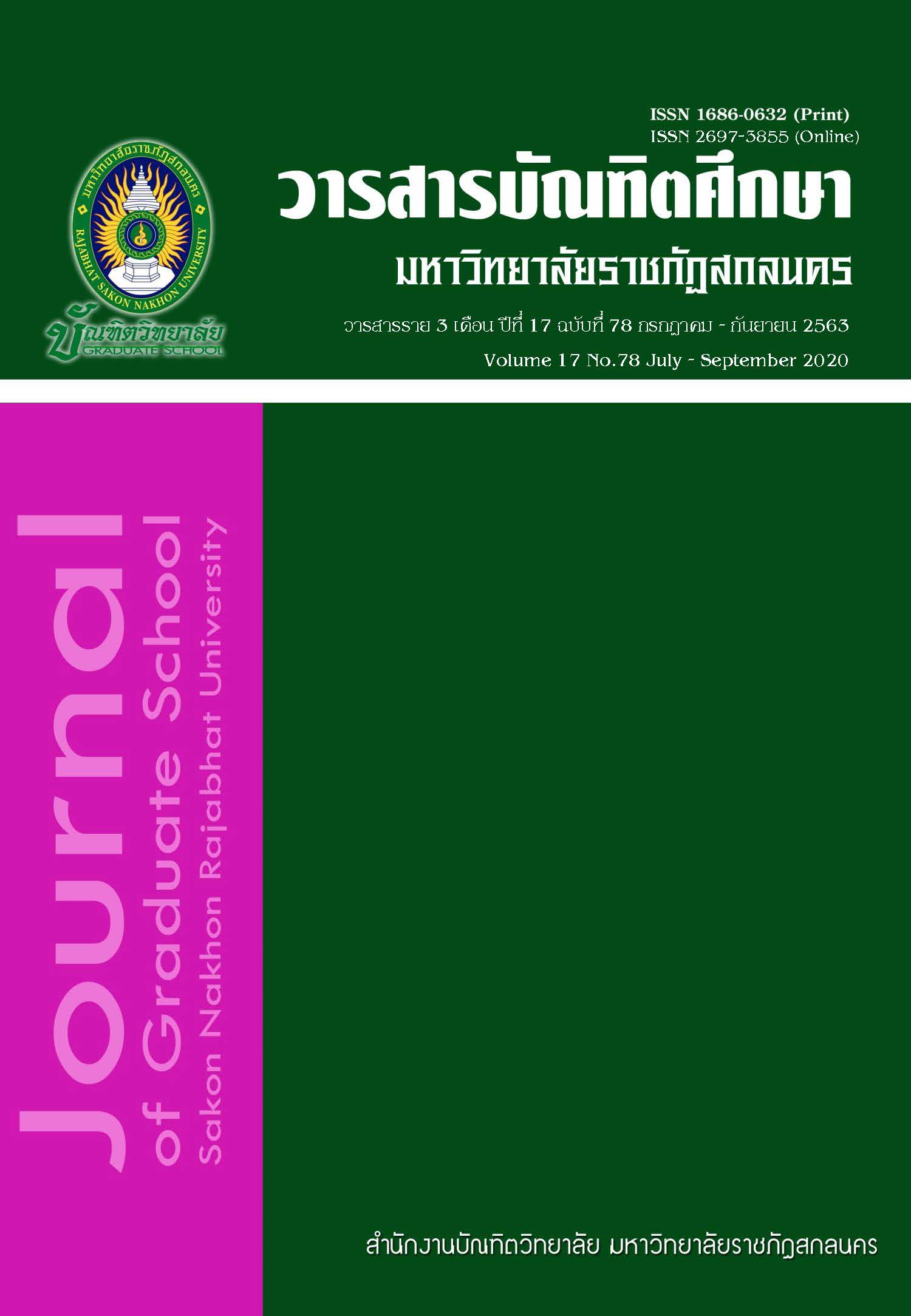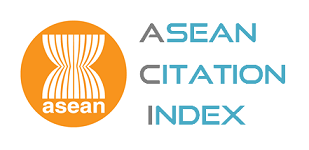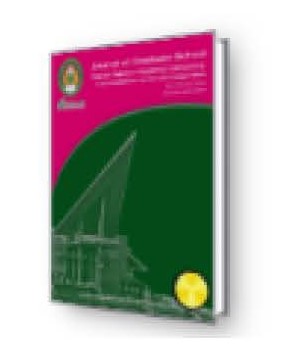ปรากฏการณ์การลาออกกลางคันและการคงอยู่ของนิสิตระดับปริญญาตรี มหาวิทยาลัยบูรพา: โมเดลความสัมพันธ์เชิงสาเหตุ
Keywords:
Dropout and Persistence, Causal Relationship ModelAbstract
The purpose of this research was to examine the causal relationship of factors influencing dropout and persistence levels of undergraduate students of Burapha University. The samples were 554 undergraduate students of Burapha University obtained from stratified random sampling. The research instrument was a set of questionnaires. The statistic used for data analysis was a structural equation modeling. The findings revealed that the causal relationship model was consistent with the empirical data. When determined the total influence, the perceived academic self-efficacy reached the highest influence of 0.411, followed by college adjustment and attitudes toward teaching and learning with the influence of 0.394 and 0.138, respectively. All three factors explained the variance of students’ dropout and persistence to 32 percent.
References
กองทะเบียนและประมวลผลการศึกษา. (2559). สถิตินิสิตมหาวิทยาลัยบูรพา. เข้าถึงได้จาก: http://reg.buu.ac.th/registrar/stat.asp?avs200471321=1. 1 พฤศจิกายน 2559.
นงลักษณ์ วิรัชชัย. (2542). ความสัมพันธ์โครงสร้างเชิงเส้น (Lisrel) สถิติวิเคราะห์สาหรับการวิจัยทางสังคมศาสตร์และพฤติกรรมศาสตร์. (พิมพ์ครั้งที่ 3). กรุงเทพฯ: จุฬาลงกรณ์มหาวิทยาลัย.
สำนักงานคณะกรรมการศึกษาขั้นพื้นฐาน. (2555). แนะแนวการศึกษาและชีวิต (องค์ประกอบก่อนตัดสินใจเลือกอาชีพ). เข้าถึงได้จาก http://guidance.obec.go.th/?p=1033. 4 ตุลาคม 2559.
สุวิมล ติรกานันท์. (2555). การวิเคราะห์ตัวแปรพหุในงานวิจัยทางสังคมศาสตร์. (พิมพ์ครั้งที่ 2). กรุงเทพฯ: โรงพิมพ์แห่งจุฬาลงกรณ์มหาวิทยาลัย.
อัครนันท์ เตชไกรชนะ. (2552). การศึกษาสภาพปัญหาและแนวทางการพัฒนาคุณภาพอุดมศึกษาไทย. เข้าถึงได้จาก: https://www.gotoknow.org/posts/285169%5B2552%5D. 27 พฤษภาคม 2559.
Cabrera, A. F., Nora, A., & Castaneda, M. B. (1992). The role of finances in the persistence process: A structural model. Research in Higher Education, 33(5), 571 - 593.
Cabrera, A. F, Nora, A. & Castaneda, M. B. (1993). College persistence: The testing of an integrated model. Journal of Higher Education, 64(2), 123 - 139.
Eaton, S. B., & Bean, J. P. (1995). An approach/avoidance behavioral model of college student attrition. Research in Higher Education, 36(6), 617 - 645.
Evans, N. J., Forney, D. S., Guido, F. M., Patton, L. D., & Renn, K. A. (2010). Student development in college: Theory, research, and practice. (2nded). San Francisco, CA: Jossey - Bass.
Floyd, N. D. (2012). Validity evidence for the use of Holland vocational personality types in college
student populations. (Doctoral Dissertation of Educational Psychology/Research, University of South Carolina).
Flanders, G. R. (2013). The effect of course completion within selected major on persistence for reshman college student. Doctor dissertation, Business Administration, University of Phoenix.
Gibbs, N. (2013). The impact of personalization-based tailored instructional communications on college student persistence. Doctoral dissertation, College of Social and Behavioral Sciences, alden University.
Hair Jr, William C. Black, Barry J. Babin, Rolph E. Anderson. (2010). Multivariate Data Analysis. Upper Saddle River: NJ.
Mashburn, A. J. (2000). A psychological process of student dropout. Journal of College Student Retention, 2(3), 173 - 190.
Spady, W. G. (1971). Dropouts from higher education: Toward an empirical model. Interchange, 2(3), 38 - 62.
Sargent, A. G., & Schlossberg, N. K. (1988). Managing adult transitions. Training & Development Journal, 42(12), 58 - 60.
Tinto, V. (1975). Dropout from higher education: A theoretical synthesis of recent research. Review of Educational Research, 45(1), 89 - 125.
Wirth, R. M., & Padilla, R. V. (2008). College student success: A qualitative modeling approach. Community College Journal of Research and Practice, 32, 688 - 711.
Downloads
Published
How to Cite
Issue
Section
License
บทความทุกบทความที่ตีพิมพ์ในวารสารบัณฑิตศึกษา มหาวิทยาลัยราชภัฏสกลนคร ถือว่าเป็นลิขสิทธิ์ของบัณฑิตวิทยาลัย มหาวิทยาลัยราชภัฏสกลนคร










